This article was co-authored by wikiHow staff writer, Amy Bobinger. Amy Bobinger has been a writer and editor at wikiHow since 2017. She especially enjoys writing articles that help people overcome interpersonal hurdles but frequently covers a variety of subjects, including health and wellness, spirituality, gardening, and more. Amy graduated with a B.A. in English Lit from Mississippi College in 2011 and now lives in her hometown with her husband and two young sons.
There are 13 references cited in this article, which can be found at the bottom of the page.
This article has been viewed 8,222 times.
Learn more...
You might have heard that a visual field test is challenging, but it's not really that hard—and there's definitely nothing to be nervous about. Your eye doctor might recommend a visual field test as part of your annual eye exam, especially if they suspect you have glaucoma or other eye issues that are causing blind spots in your periphery. After the test, they'll sit down with you to discuss your results and any treatments that might be necessary.
Steps
Types of Tests
-
1Confrontation Visual Field Exam: During a confrontation visual field exam, your doctor will sit a short distance in front of you. They'll ask you to look directly at them, then they'll hold up their hand and move it back and forth. You'll then signal when their hand appears in your vision.[1]
- This will give the doctor a general idea of your peripheral vision, so they may use it as an initial diagnostic tool. It may also be helpful for smaller children who would have a harder time with a more focused test.
-
2Amsler Grid Test: If you have to take this test, you'll be asked to look at a small dot right in the center of a grid. Then, you'll indicate if there are any areas of the grid that look blurry.[2]
- This test isn't as precise as an automated test, but it can give the doctor a general idea of where you might be experiencing vision loss. It's often used to detect the signs of age-related macular degeneration (AMD), but it's also sometimes used for children.
Advertisement -
3Goldmann Perimetry Test: In a Goldmann perimetry test, you'll sit in front of a bowl-shaped instrument called a perimeter. Once the test starts, look directly at the yellow light on the screen, then press the response button each time you see a different light flash. Don't stress if you can't see every light, though—some will be intentionally placed outside of your field of vision. That way, the doctor can monitor exactly where your vision begins and ends.[3]
- It's totally okay to blink during the test, so don't stress about keeping your eyes wide open the whole time.
- If you normally wear glasses, the technician will place a lens matching your prescription in front of your eye before the test starts.[4]
- Press and hold the response button to pause the test if you start to feel tired or you just need to take a break for a moment. When you let go of the button, the test will start again.[5]
-
4Kinetic Visual Field Test: A Goldmann perimeter test uses static flashing lights to determine if there are any blind spots in your vision, but it isn't precise enough to define the borders of those blind spots. A kinetic visual field test is more accurate, because it uses moving lights to more closely identify where your blind spots begin and end.[6]
- The lights will vary in size and brightness. They'll start in an area you can't see, then gradually move into your field of vision. You'll press a button to indicate when you see the light appear.[7]
-
5Frequency Doubling Perimetry Test: This test is similar to the Goldmann and kinetic visual field tests, but instead of flashing lights, the test uses flickering vertical bars. Just like the other automated tests, you'll press a button when you see the lights appear. The first few targets will be unscored to allow you to get comfortable with the test, then you'll move into the actual test once you feel more comfortable with it.[8]
- You can wear your normal contacts or glasses for this test.
- Don't worry if you don't get it perfect—there's a margin of error built into the test.[9]
-
6Electroretinography: During an electroretinography test, your eye doctor will dilate your pupils and give you drops to numb your eyes, then a small electrode will be placed on your cornea. You'll then look into a machine at a series of flashing or moving lights. The electrode will track the movement in your eye to detect any areas where you might have lost your peripheral vision.[10]
- In some tests, you may be given a contact lens to wear. The electrode will be embedded in the contact lens.
- This might sound a little scary, but because of the numbing drops, you shouldn't feel anything! If you have any concerns, though, talk to your doctor.
Results and Follow-Up
-
1Tell your doctor right away if you had any trouble with the test. If you feel like there was anything that might have skewed your test results, like you had a hard time focusing or you felt uncomfortable, let your doctor know. They may retest you, or they may offer you a different test to accommodate your needs.[11]
- For instance, if you have trouble with attention or you can't sit for long periods of time, your doctor may administer a shorter test.
-
2Understand what your doctor was testing for. When you take a visual field test, your doctor will use the results to determine whether you have any blind spots in your peripheral vision. These often indicate the onset of glaucoma, which is caused by a buildup of pressure in your eye.[12]
- Your doctor might also recommend routine visual field tests if you suffer from diabetes, high blood pressure, multiple sclerosis, hyperthyroidism, a disorder of the pituitary gland, problems with your central nervous system, or if you have had a stroke.
- A visual field test might also be used to determine if issues with your eyelids are blocking your vision.
-
3Talk to your doctor about the results of your test. The way your doctor interprets the results of your test will depend on the type of test you took. They might also use one or more tests to help narrow down exactly how much peripheral vision loss you've experienced. Here's what your doctor will be looking for in each test:
- Confrontation Field Test: Your doctor will determine if you have any loss of peripheral vision based on whether you can see their hand when they hold it up.
- Amsler Grid Test: If you indicate any blurry areas on the test, your doctor will know that you're likely experiencing some vision loss in those areas. This test is often used to diagnose age-related macular degeneration (AMD).[13]
- Automated Tests (Goldmann, Kinetic, Frequency Doubling, Electroretinography): If you take an automated test, your doctor will get a print-out of the results. These results will show whether there were any areas where you were consistently unable to see the lights.
-
4Be prepared to retake some of the tests if necessary. There can be a learning curve with some of these tests, especially the automated ones. That's not to say there's anything you need to do differently—but you may find that your test results improve significantly if you retake the test once you know what to expect. Some doctors plan for this, and they may ask you to take the test again shortly after the first to get a more accurate reading.
- If you had trouble focusing during the test, your doctor may ask you to repeat it, as well.
- Some people mistakenly believe that their vision has improved because the results of their second test are better than the first. However, vision loss due to glaucoma is not reversible, so it's likely just due to the testing curve.
-
5Discuss your treatment plan, if you need one. If you're diagnosed with glaucoma, it's especially important to begin a treatment plan right away. Vision loss due to glaucoma can't be reversed, so it's essential that you and your doctor try to limit future damage to preserve as much of your vision as possible. To do this, your doctor may direct you to use prescription eye drops or take medication each day. They also may recommend laser treatment or surgery.[14]
- If your vision loss is due to a cause like drooping eyelids, they may recommend a procedure called a blepharoplasty to correct it.[15]
-
6Return for follow-up tests as recommended by your eye doctor. Once your doctor establishes your baseline field of vision, they'll likely have you return to complete the test again regularly. If your vision loss is severe, you might come back in just a few months. If it's less severe, you might repeat the test once a year.[16]
- Repeating the test will allow your eye doctor to check whether your vision has continued to deteriorate and whether your treatment is effective.
- In addition, there's a learning curve with visual field tests, so your doctor may want to run a second test shortly after the first to establish an accurate baseline.
Warnings
- In an automated test, only push the button when you can actually see the target. Otherwise, you'll skew the results of your exam.⧼thumbs_response⧽
References
- ↑ https://www.rileychildrens.org/health-info/visual-field-test
- ↑ https://www.rileychildrens.org/health-info/visual-field-test
- ↑ https://www.aao.org/eye-health/tips-prevention/visual-field-testing
- ↑ https://www.brightfocus.org/glaucoma/article/glaucoma-understanding-visual-field-test
- ↑ https://www.brightfocus.org/glaucoma/article/glaucoma-understanding-visual-field-test
- ↑ https://www.ucsfhealth.org/medical-tests/visual-field
- ↑ https://www.haag-streit.com/fileadmin/Haag-Streit_Diagnostics/perimetry/Visual_Field_Digest/Chapter_11/Visual-Field-Digest_chapter-11_01.pdf
- ↑ http://webeye.ophth.uiowa.edu/ips/perimetryhistory/FDP/
- ↑ https://eyewiki.aao.org/Frequency_Doubling_Technology
- ↑ https://www.ucsfhealth.org/medical-tests/electroretinography
- ↑ https://glaucomatoday.com/articles/2016-may-june/enhancing-visual-field-testing?c4src=article:sidebar
- ↑ https://www.aao.org/eye-health/tips-prevention/visual-field-testing
- ↑ https://www.aao.org/eye-health/tips-prevention/visual-field-testing
- ↑ https://www.nei.nih.gov/learn-about-eye-health/eye-conditions-and-diseases/glaucoma
- ↑ https://my.clevelandclinic.org/health/diseases/14418-ptosis-drooping-eyelid
- ↑ https://www.glaucoma.org/treatment/why-do-i-need-a-visual-field-test.php
- ↑ https://www.brightfocus.org/glaucoma/information
- ↑ https://www.brightfocus.org/glaucoma/article/glaucoma-understanding-visual-field-test


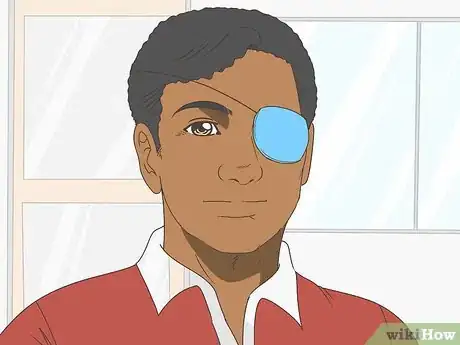
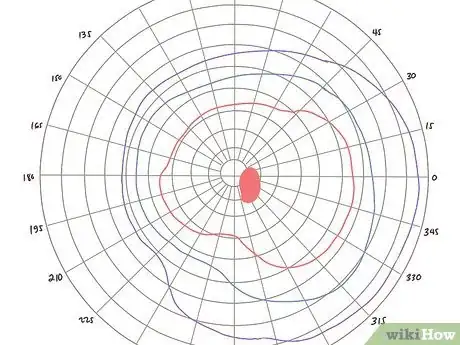
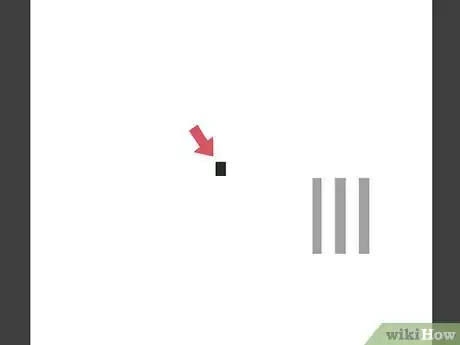

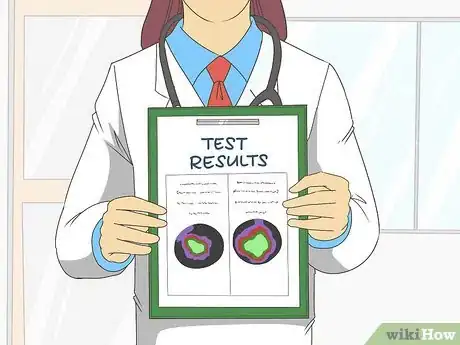




-Step-3-Version-2.webp)
















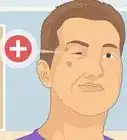

-Step-3-Version-2.webp)



































Medical Disclaimer
The content of this article is not intended to be a substitute for professional medical advice, examination, diagnosis, or treatment. You should always contact your doctor or other qualified healthcare professional before starting, changing, or stopping any kind of health treatment.
Read More...